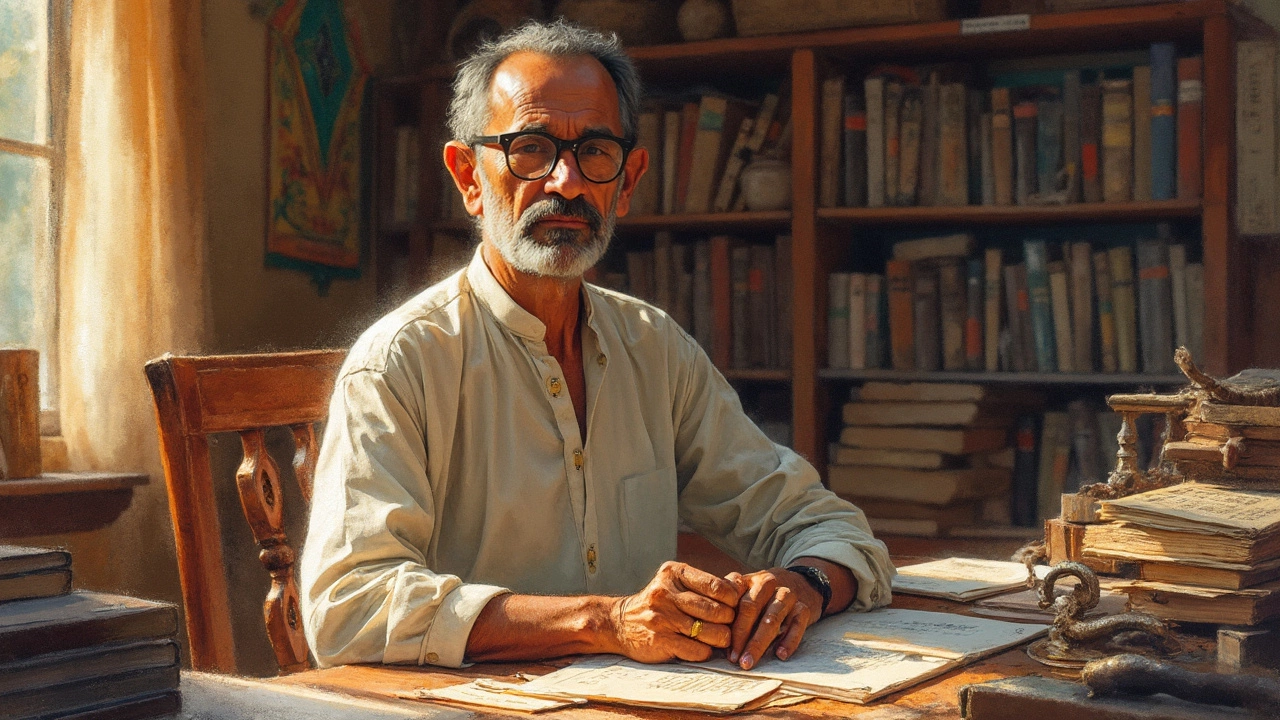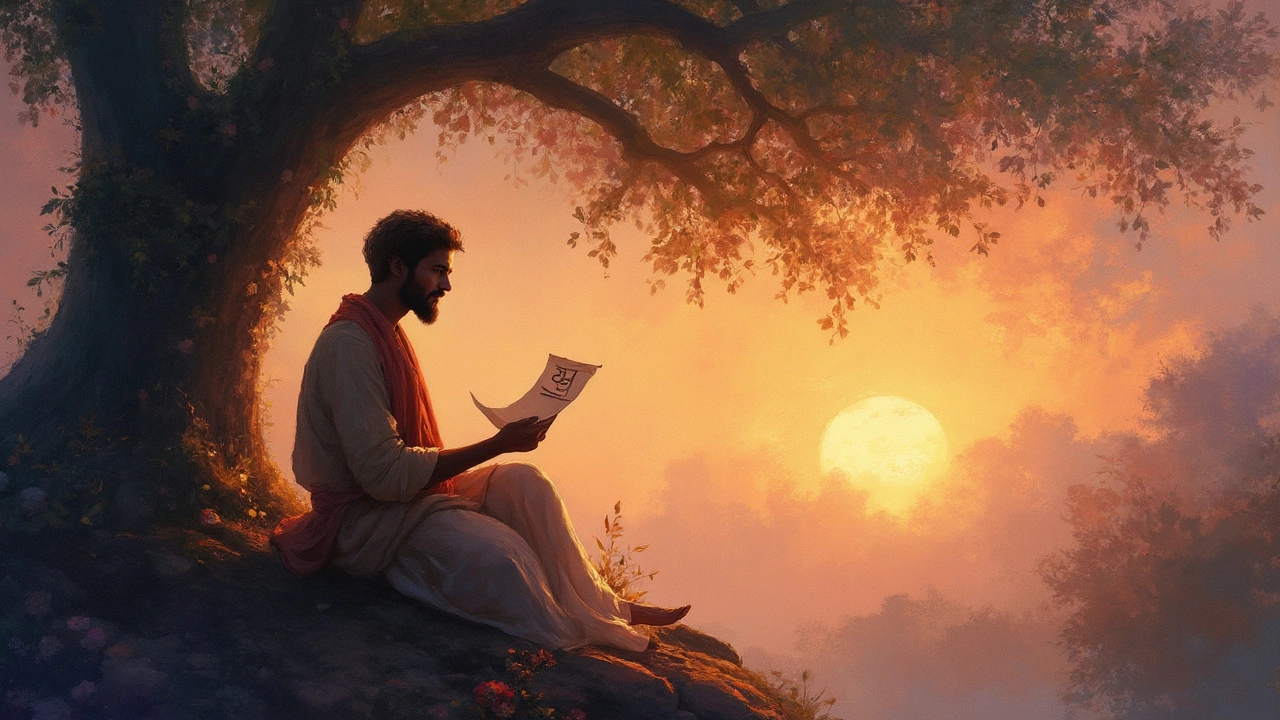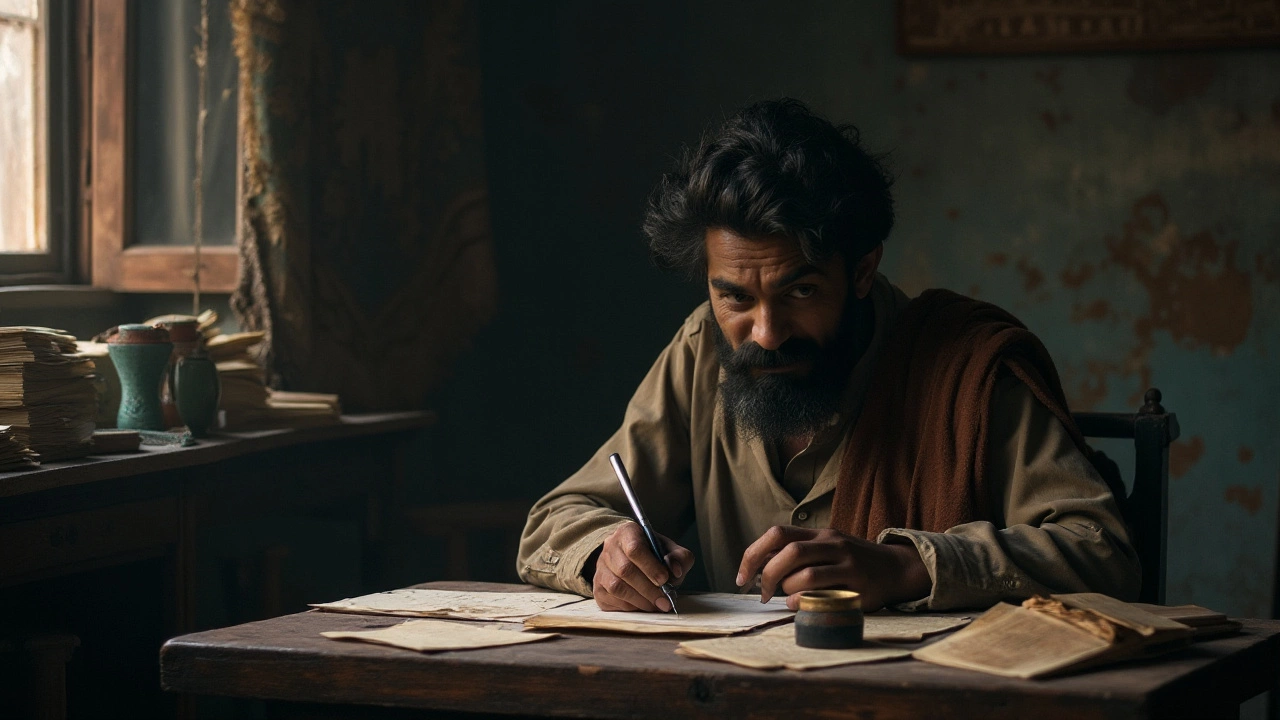Indian literature: A quick guide to India’s rich writing world
If you’ve ever wondered what makes Indian literature so alive, you’re in the right spot. It isn’t just old hymns or famous novels; it’s a mix of oral stories, verses, modern blogs, and everything in between. In the next few minutes you’ll get a clear picture of where to start, which writers matter, and how you can keep the reading habit going.
India’s writing tradition dates back over 5,000 years. The earliest poems appear in the Rig Veda, a collection of hymns that sound more like chants than the poetry we read today. Those verses set the tone for a culture that respects rhythm, metaphor, and deep meaning. Fast forward a few centuries and you’ll find legendary figures like Kalidasa, who crafted drama and poetry that still gets performed on stage.
From Vedic verses to modern blogs
One of the most fascinating questions is: who was the oldest poet in India? The answer points to the anonymous sages behind the Vedic hymns. Their work shows how poetry was a way to record history, ask big questions, and celebrate daily life. If you want a quick rundown, check out our post “Oldest Poet in India” – it breaks down the timeline and names a few key contributors.
Today, Indian literature isn’t just about ancient texts. Digital platforms have opened up space for new voices. Blogs like the ones we feature on Connection Chronicles bring fresh perspectives on everything from relationship advice to tech trends. The shift from ink to screen mirrors the country’s move from storytelling around fire pits to posting updates on smartphones.
Where to explore Indian literary gems online
Looking for a place to read classic poems or discover modern writers? Start with free archives that host Vedic chants, medieval epics, and colonial-era poetry. Websites dedicated to Indian literature often have curated lists, like the “Saddest Poem by John Keats” piece, which, while not Indian, shows how global poetry can inspire Indian readers.
If you prefer bite‑size content, check out our guides on the best blogging apps for beginners. Those tools let you write, share, and even monetize your own literary experiments. Want to see how Indian authors are making money in 2025? Our “Who Pays You for Blogging?” article walks you through real‑world income streams.
To keep the habit alive, try mixing old and new. Read a Vedic hymn in the morning, then spend the evening scrolling through a contemporary Indian blog. Jot down any phrases that catch you – they might become the seed of your own poem or article.Finally, don’t forget the community angle. Join online forums, comment on blog posts, or attend virtual literary festivals. Engaging with other readers helps you discover hidden gems and gives you feedback if you decide to write.
Indian literature is a living, breathing world that welcomes anyone willing to explore. Whether you’re after ancient chants, modern blog tips, or a mix of both, the resources on Connection Chronicles have you covered. Dive in, stay curious, and let the words of India inspire your next creative project.
- Arjun Bhardwaj
- 13-10-25
- Indian Literature
Top 5 Iconic Indian Poets You Should Know
Discover the five most influential Indian poets, their eras, languages, key works, and why their verses still matter today.
Details- Arjun Bhardwaj
- 29-06-25
- Indian Culture
Know the National Poet of India: Story, Legacy, and Impact
Unravel the story and legacy behind India's national poet, discover why Ramdhari Singh Dinkar holds the title, and learn the impact of his words on Indian identity.
Details- Arjun Bhardwaj
- 3-03-25
- Short Poetry
One Word Poems: An Exploration
One word poems, though seemingly simple, offer a rich canvas for creativity and expression within Indian poetry. This article explores the depth of meaning that can be packed into a single word, drawing on cultural contexts and poetic techniques from India. You'll discover how to create and interpret one word poems, and look at examples of how such brevity can convey powerful emotions. Embrace the challenge of crafting poignant, impactful poetry with minimal verbal components.
Details- Arjun Bhardwaj
- 24-11-24
- Indian Literature
The Melancholic Poets of India: Unveiling Their Sad Poetry
Explore the profound world of melancholic poetry in India, shedding light on poets whose works mirror sorrow and introspection. This article delves into the essence of sadness in Indian poetry, highlighting those who are pivotal in this evocative genre. Discover the cultural significance and emotional depth of their works, while also offering insights into what defines them as melancholic. Uncover the beauty hidden within their sorrowful verses.
Details

